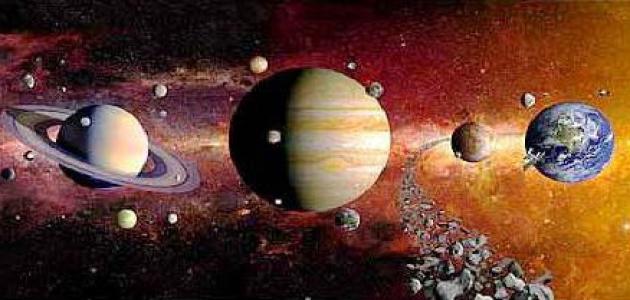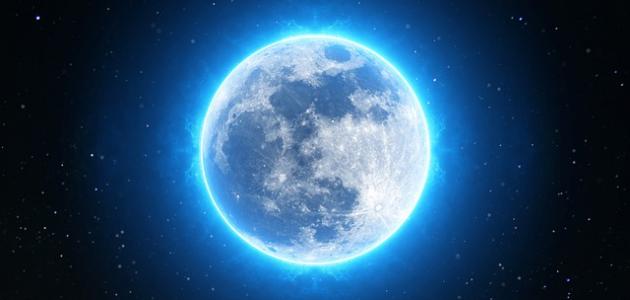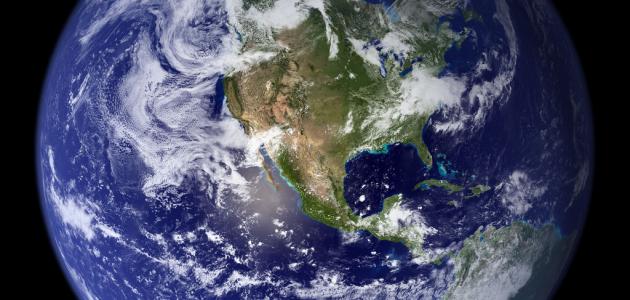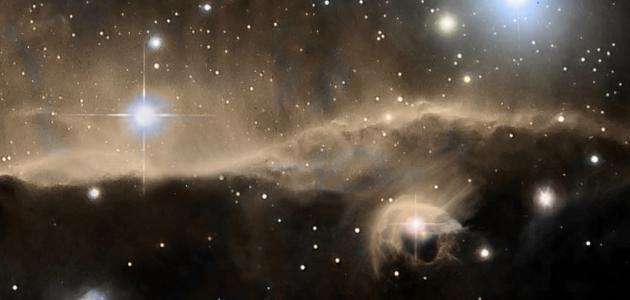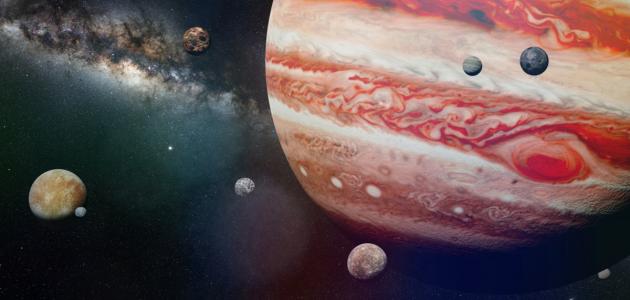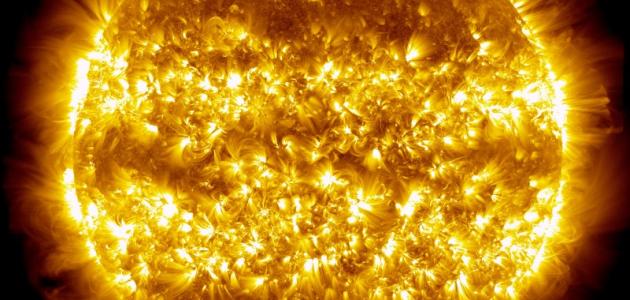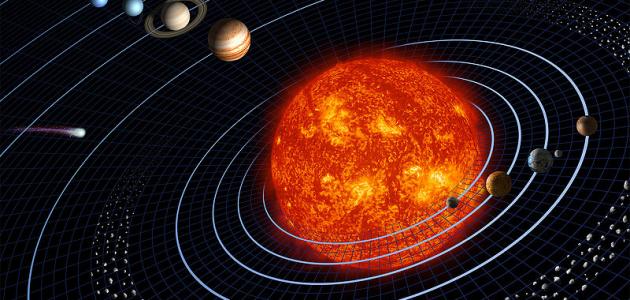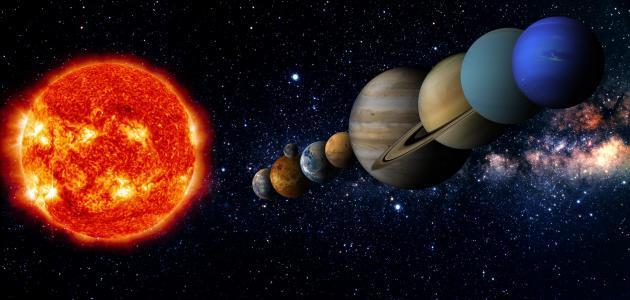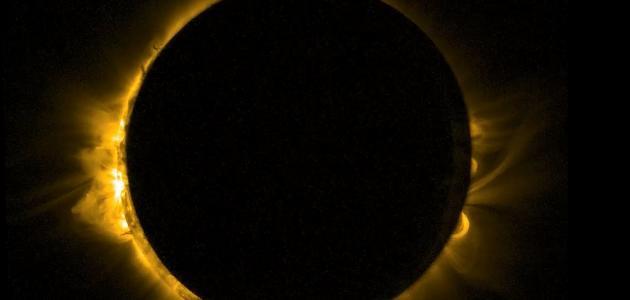The number of planets of the solar system
The universe is filled with billions of star systems (in English: Star Systems), and the star system is defined as a system located within a galaxy, and it consists of at least one star around which another group of celestial bodies revolves such as planets, dwarf planets, asteroids, comets, meteorites, and moons, and among The most famous star group in the universe is the solar system.
The Milky Way galaxy contains a large number of planets that exceed the number of stars, and according to scientists, the number of planets revolving around the sun is 8 planets, and the solar system consists of two groups of planets, they are
- The group of rocky inner planets, consisting of:
- Mercury (in English: Mercury).
- Venus.
- Earth (in English: Earth).
- Mars (in English: Mars).
- The outer planets group, consisting of:
- Jupiter.
- Saturn (in English: Saturn).
- Uranus (in English: Uranus).
- Neptune.
Behind Neptune is a new and modern classification consisting of many planets called dwarf planets, the most famous of which is Pluto.
Conditions for considering a celestial body as a planet
In 2006 AD, the International Astronomical Union (IAU) reconsidered the previously established criteria on the basis of which celestial bodies were classified into planets and others, and accordingly a new list of criteria that distinguish planets from others was drawn up. Of the celestial bodies, and these characteristics state that the planet is:
Read also:What is the importance of the atmosphere- A celestial body revolving around the sun.
- An object massive enough to form a spherical shape due to its own gravity.
- A body that clears its orbit of objects that may cross it.
As a result of this modern classification, many planet-like celestial bodies that astronomers discovered later were excluded from the list of planets of the solar system, perhaps the most famous of which is the dwarf planet Pluto, which is no longer scientifically defined as a planet.
Stages of planetary evolution
The ancient Greeks considered both the moon and the sun planets along with Mercury, Venus, Mars, Jupiter, and Saturn, and the earth was not a planet for them, but rather the prevailing belief was that the earth is a central body around which all celestial bodies revolve, until the world presented Aristarchus of Samos ( In English: Aristarchus of Samos) a new theory in the third century BC that the sun is the center of the universe, and that the earth revolves around it, and this theory was rejected until the scientist Nicolaus Copernicus came to revive this idea again in the sixteenth century The theory was proven correct by the seventeenth century with the help of the telescope, which was a recent invention at the time.
Then the discoveries of the planets continued. In 1781 AD, the planet Uranus was discovered, and in 1846 AD the planet Neptune was discovered. In 1801 AD, scientists discovered a celestial body located between Mars and Jupiter, dubbed Ceres. Initially, Ceres was classified as a planet. , but later it was considered the first celestial body classified under the name of an asteroid (in English: Asteroid).
Read also:How do you calculate the area of the globe?In the year 1930 AD, scientists discovered a new planet called Pluto. In the eyes of scientists, Pluto was the ninth planet within the solar system, but with the progress of science and the development of the technical side of the telescope, scientists discovered more worlds and icy bodies that also revolve around the sun within what It is known as the Kuiper Belt, and this belt is located behind the orbit of Neptune, in the orbit of Pluto, and from there appeared that trend among scientists to consider Pluto as the largest object in the Kuiper Belt instead of considering it the ninth planet.
In 2005 AD, astronomers discovered a new celestial body within the scope of the Kuiper Belt that is similar in size to Pluto, hence many questions arose about the correct definition of the meaning of planet, and about objects that can be called the term planet, and the International Astronomical Union has taken upon itself the challenge of classifying This new celestial body was later named Eris.
Read also:Why was Venus called by this name?In 2006, the Union established a new category for the classification of celestial bodies called dwarf planets, and this category included Pluto, Ceres, and Eris, in addition to the newly discovered planets Haumea and Makemake within the Kuiper range. There are hundreds of other dwarf planets in the Kuiper range yet to be discovered.
